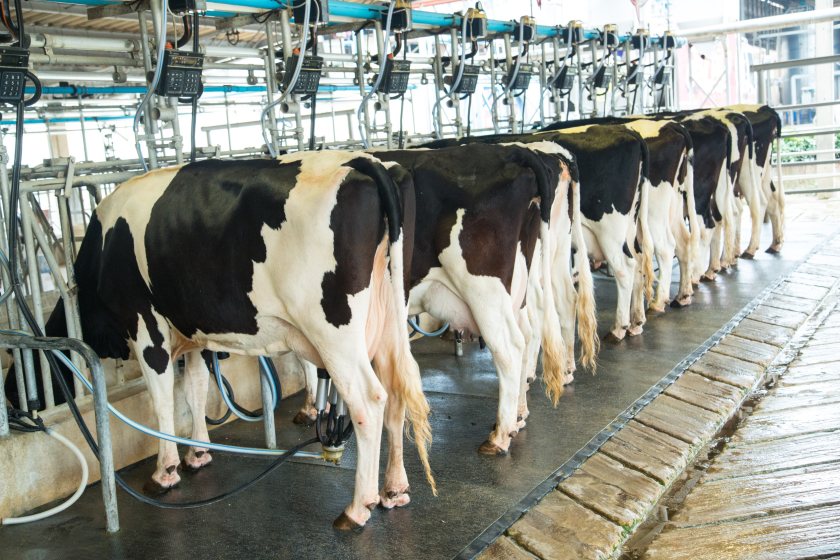
Dairy farmers are being asked to share their foot trimming and hoof-health records, which will be stored in a new UK hoof-health registry.
The registry, which is being created by AHDB, aims to support producers as they strive to breed for better herd mobility.
Hoof-health records have the potential to improve the genetic indexes it produces, the levy board said.
The initiative could benefit the wider farming industry, just as production and type records do.
Producers already use two of AHDB’s genetic indexes related to hoof health – Lameness Advantage and Digital Dermatitis.
But with the addition of more data, the accuracy of these indexes will improve, AHDB explained.
More hoof-related traits could be introduced, with hopes the registry will substantially reduce the incidence of lameness in cows.
AHDB geneticist, Marco Winters, said: “This strong link between the existing Lameness Advantage and a cow’s tendency to go lame later in life provides compelling evidence that breeding against lameness is an extremely worthwhile strategy.
“This comes at a negligible cost to producers who simply need to select bulls with high indexes for Lameness Advantage, and breed from their own genetically-superior cows.”
A recent study from the University of Liverpool found that heritability of lameness is higher than previously measured.
This was particularly the case for sole ulcers, at 35%, and sole haemorrhage, at 29%.
The UK Hoof Health Registry project’s James Wilson said this put lameness on a par with milk yield and many conformation traits.
“It demonstrates that, although lameness must be addressed with management interventions, there is also plenty of scope to make genetic gains.”
Genetic improvements have the benefit of being long term, permanent and cumulative, as they pass down the generations, he said.
An online form from the University of Liverpool must be filled out by dairy farmers to allow their herd’s foot trimming data to be used.
